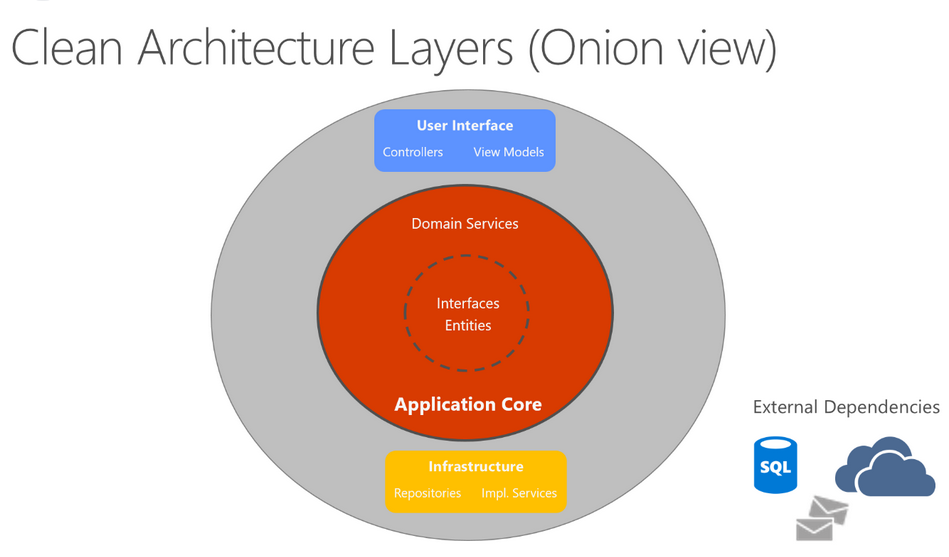Concurrency limits
Concurrency in Lambda refers to the number of function invocations happening simultaneously. Lambda automatically scales the function execution in response to the rate of incoming events. However, you can set a concurrency limit on individual functions to reserve a specific number of concurrent executions.
Setting a concurrency limit can be particularly useful for functions that access other resources, such as databases or APIs. Too many simultaneous connections can overwhelm these resources, leading to performance issues or even outages. From a security standpoint, setting a concurrency limit can also prevent a function from being exploited to overload or attack other systems.
Reserved concurrency
In addition to setting overall concurrency limits, Lambda allows you to set reserved concurrency for individual functions. This ensures that a specific number of concurrent executions are always available for a particular function, preventing it from being starved of resources by other functions in the same account.
Reserved concurrency is especially important for critical functions that must be available at all times. However, be cautious when setting this value, as reserving too much concurrency for one function could starve other functions, creating a different kind of vulnerability. Use this feature sparingly and only for critical functions.
Monitoring and logging
In serverless architectures such as Lambda functions, monitoring and logging become especially important. Unlike traditional server-based environments, where you have access to the underlying system to gather metrics and analyze system logs, serverless functions abstract away the infrastructure layer. This means you don’t have direct access to the operating system or filesystem to collect logs or metrics. Therefore, monitoring and logging become indispensable components of a robust security posture for Lambda. They not only help in identifying performance bottlenecks but also play a crucial role in detecting and mitigating security threats in real time.
